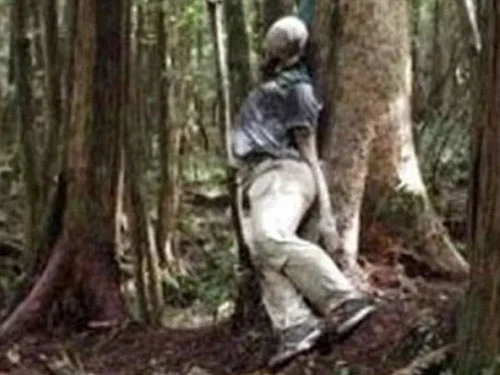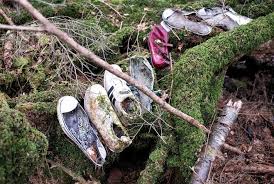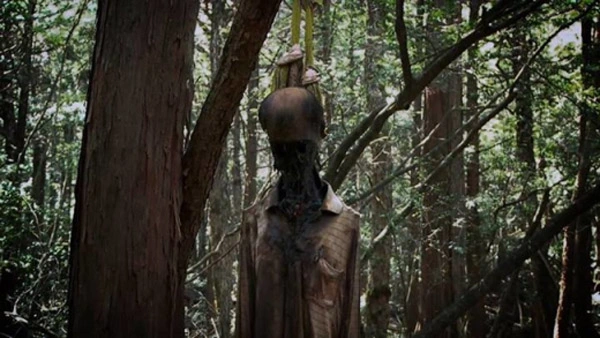Nestled at the northwest base of Mount Fuji, Aokigahara Forest, known as the Sea of Trees, holds a dual reputation for its breathtaking natural beauty and its haunting association with death. This dense forest, filled with ancient trees, cavernous ice caves, and a solemn silence, is also known as Japan’s Suicide Forest. It’s a place where myths, folklore, and stark reality intertwine, creating an aura of mystery that many have sought to understand. This article delves into the heart of Aokigahara’s enigma, attempting to unravel the whispers in the woods and the reasons behind its somber legacy.

The Lore of Aokigahara
Aokigahara’s lore is as dense as its forest. Japanese mythology is rich with stories of spirits and demons, and Aokigahara is often said to be home to many of these supernatural entities. Legends speak of ubasute, an ancient and dark practice where the elderly were abandoned in remote areas, including this very forest, during periods of famine and distress. It’s believed that the spirits of those left to die, known as yurei, continue to haunt the forest, contributing to its eerie atmosphere.

The Allure of Solitude
The forest’s allure isn’t just based on supernatural beliefs. Its natural layout plays a significant role in its reputation. The thick canopy of trees filters out most of the sunlight, and the forest floor is uneven and dense with vegetation. This creates an isolating environment that some find eerily serene or deeply unsettling. For those burdened with overwhelming despair, this isolation might seem like a call, a place where their troubles can be laid to rest away from the world’s eyes.

Unraveling the Mysteries
Understanding Aokigahara’s association with suicide requires a deeper exploration of societal pressures, mental health stigmas, and cultural aspects unique to Japan. In a society where the pressure to succeed and conform can be overwhelming, the forest may represent a final escape for some. Moreover, the stigma surrounding mental health issues often prevents many from seeking help, driving them towards a tragic decision in a place shrouded in myth and removed from society.
Conservation and Compassion
In recent years, efforts have been made to change Aokigahara’s narrative from a place of despair to one of conservation and healing. Signage at the forest’s entrance encourages visitors to seek help and think of their families. Volunteers and officials conduct regular searches to prevent suicides and to assist those who may be considering it.
The mystery of Aokigahara Forest is not just in its folklore or its dark reputation, but also in the collective human stories it holds. It is a natural wonder that demands respect, understanding, and compassion. As we unravel the mysteries of Aokigahara, the focus shifts towards preventing future tragedies by addressing the underlying causes of despair and encouraging open discussions about mental health.
In the whispers of the woods, there is a lesson about the fragility of the human psyche and the importance of empathy and support. Aokigahara Forest, with its beauty and sorrow, remains a symbol of the complexity of human emotions and the need for societal change in how we perceive and treat mental health issues.
